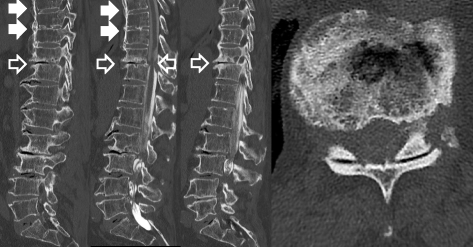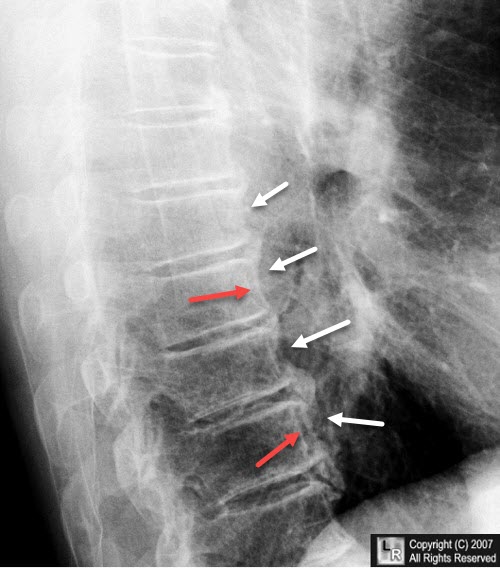

Patients are advised against drug treatment, unless they have no other option or have very serious symptomology for this reason. There are many different types of therapy that can be used by people who are indeed suffering with symptomatic DISH conditions, including both traditional and complementary medical practices that can provide relief:ĭrug therapies are the most commonly used and always have side effects that degrade overall health and wellness. Diffuse Idiopathic Skeletal Hyperostosis Treatment
#Diptic diffuse idiopathic professional#
It is virtually impossible to predict which cases will require care, compared to others who will not need professional medical intervention. Doctors do not know why this occurs, much like they do not know what causes the condition in the first place. Some cases of DISH will progress, while others are self-limiting. This is particular true in the spine, as well as in the hands and feet, which are also common targets for the disorder to strike. In other cases, neurological tissue might become entrapped or compressed by areas of excessive bone growth and might become problematic. In some cases, patients might develop dramatically reduced range of motion in affected body parts or may develop mechanical dysfunction that might cause pain. Pain is rare and disabling consequences are very, very uncommon. Most cases of DISH are not considered symptomatic, even if they do produce insignificant effects like chronic stiffness. It should be known that the vast majority of cases occur in older people past the age of 60, but this is not a universal rule by any means.ĭiffuse Idiopathic Skeletal Hyperostosis Symptomology Wherever this abnormal formation occurs, the possibility for symptoms exists. Patients might demonstrate atypical bone growth virtually anywhere in the anatomy, including in the torso, limbs or head. With additional testing, other diagnoses will be ruled out, leaving the patient with a diagnosis of diffuse idiopathic skeletal hyperostosis.

This symptomology usually causes a diagnostician to perform the imaging studies that will confirm the existence of the abnormal osteo-formation.

Typically, some of the spinal ligaments will calcify to some extent, causing stiffness and reduced range of motion in the upper back. The most common location for DISH to appear is in the middle back, in the upper thoracic spine. Unlike similar conditions that produce atypical bone growth, such as rheumatoid arthritis and ankylosing spondylitis, DISH does not produce specific identifying features and does not seem to have hereditary disposition. Excessive and abnormal bone cells will easily image on x-ray films, revealing evidence of the condition. This article defines and describes DISH, also known as diffuse idiopathic skeletal hyperostosis.ĭiffuse idiopathic skeletal hyperostosis is diagnosed using traditional medical imaging, most often consisting of x-ray films of the affected areas of the body. Therefore, when put all together, these individual diagnostic terms describe a widespread condition of unknown cause that causes excessive bone and abnormal bone growth in the human skeleton. Hyperostosis means the excessive and abnormal growth of bone tissue. Skeletal refers to the human skeleton in this case, so we know that the condition affects the bones.

Idiopathic simply means that the condition has no known cause. Diffuse means that the condition will be widespread over a large area of the body. However, when we look at the nomenclature, the meaning is actually very simple from the diagnosis. The condition is typically referred to using the acronym DISH, since the name is long and complicated to laymen. In far more cases, the condition is completely asymptomatic or will simply create focal areas of tightness and an overall lack of flexibility in affected areas of the spine. Diffuse idiopathic skeletal hyperostosis is rarely a cause of back pain, but can be problematic in rare instances.


 0 kommentar(er)
0 kommentar(er)
